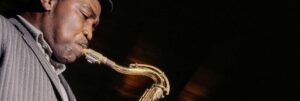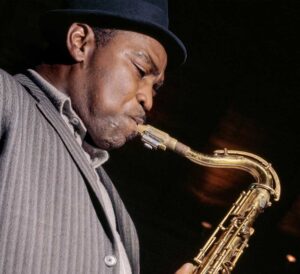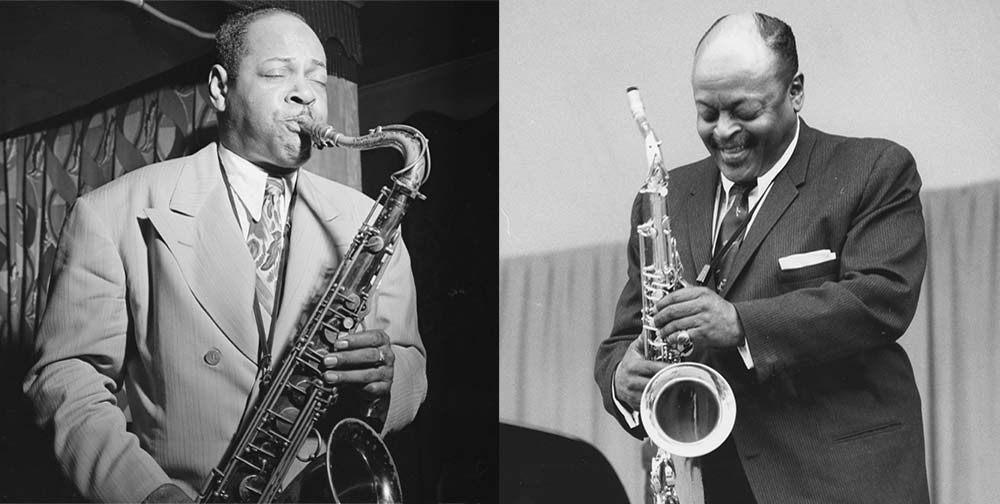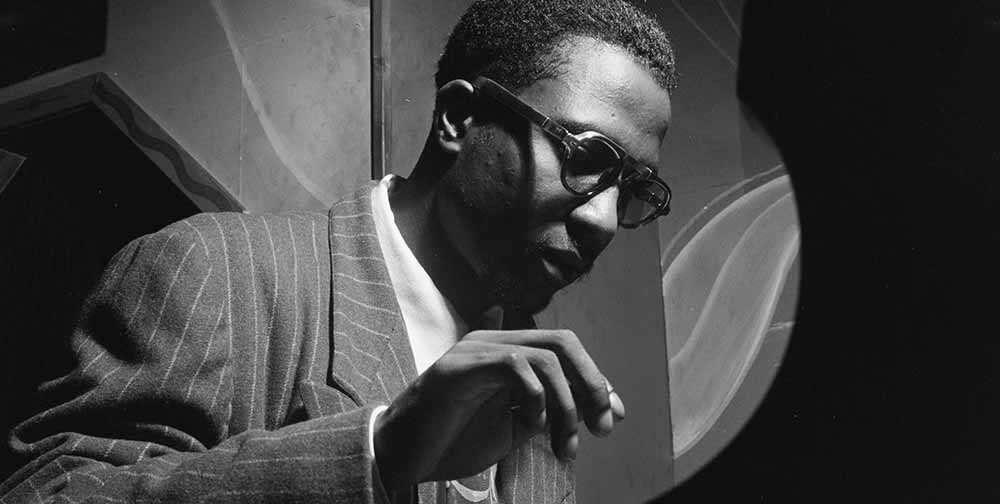Changing careers at any age can be a daunting proposition. So when Newark-born Ike Quebec – a pianist heavily influenced by the easy swing of Teddy Wilson – crossed the Hudson River in his early twenties and switched over to tenor saxophone instead, it didn’t exactly augur well for success on a crowded mid-1940s New York City jazz scene.
But Quebec had closely studied the sides being released by the likes of Ben Webster and Coleman Hawkins and taken their innovations to heart. With a sound just as big, velvety, and breathy as the likes of Webster booming out of Minton’s Playhouse late-night jam sessions, Quebec was soon in-demand as a sideman. He had steady work alongside the likes of Benny Carter, Kenny Clarke, Hot Lips Page and Roy Eldridge, before landing a spot in Cab Calloway’s big band, formerly the province of Chu Berry and Illinois Jacquet.
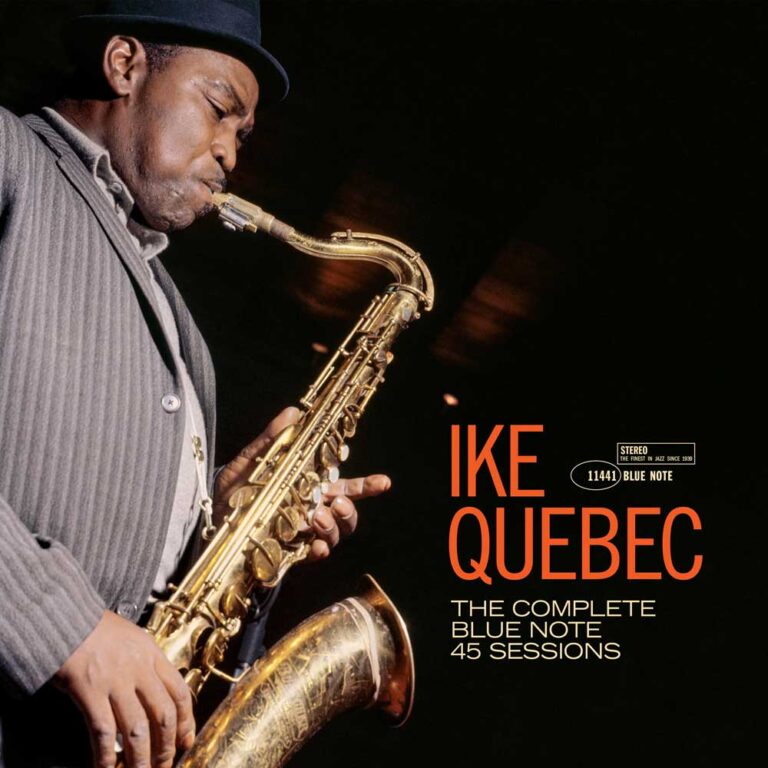
The Complete Blue Note 45 Sessions Ike Quebec
Available to purchase from our US store.Quebec’s playing caught the ear of an upstart jazz label, Blue Note, and he cut his first 45 for them in 1944, “Blue Harlem.” A dear favorite of Alfred Lion and Francis Wolff, Quebec also served as an unofficial talent scout and A&R man for the new imprint, helping them connect with the likes of Minton’s regulars like Thelonious Monk and Bud Powell. But as the post-war boom really got into full swing, Quebec’s heroin addiction overtook him for the better part of a decade and he was absent from the New York jazz scene with no recordings to be had.
When Ike Quebec re-emerged on the scene in 1959, Blue Note was right there to help their old colleague out. Blue Note was now operating at the peak of the hard bop era, releasing all manner of iconic albums and they eased Quebec back into the swing of things with a low stakes set of recording dates aimed at the burgeoning jukebox market. Starting in July of 1959, Quebec cut a series of 45s that showcased that he had lost none of his tone in the intervening decade. If anything, his blues had become deeper and more opulent. But if you weren’t keeping track of what was seeding the jukeboxes around Harlem and in juke joints around the country, this side of Quebec flew under the radar. Restored to their full analog glory in a new mastering from Kevin Gray, “The Complete Blue Note 45 Sessions Of Ike Quebec” collects some 26 sides that Quebec and his band cut across four recording dates between July 1959 and February 1962.
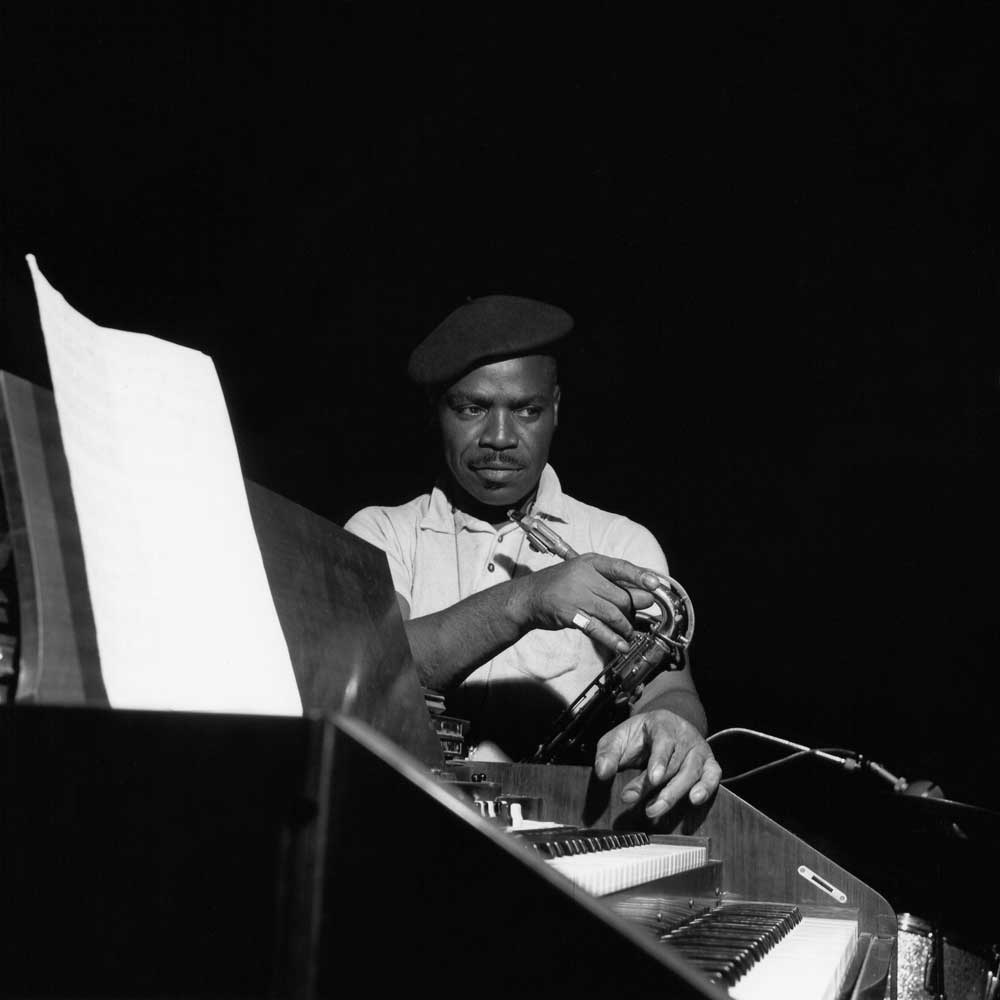
“A Light Reprieve” opens the set with the kind of swinging blues that underpinned so many Blue Note sessions of the era, helmed with a mindful ease by Quebec, whose tone sounds more sage and mellow after a decade away from Van Gelder’s studio. For these early 45s, Quebec utilizes a band including organist Ed Swanston, drummer Les Jenkins, and bassist Sonny Wellesley, names more familiar for those in the Harlem nightclub scene of the late 1950s than jazz recording dates. As such, the early cuts offer a glimpse into a sound not strictly beholden to jazz. Numbers like “Later for the Rock,” “Zonky,” and “Dear John” have the kind of gurgling organ work and stinging guitar that could get mistaken for an Atlantic R&B side from the era and you can hear the blues, uptempo rhythms, and wee hours balladry all entwine with Quebec’s horn.
These sides replicate what the repertoire of a real Black American working band would have been like in an urban hub at the time, when you not only needed to know your Charlie Parker but also your jump blues and T-Bone Walker. One can almost feel the sting of smoke in a low-ceiling after hours club on a slow smoldering number like “Blue Monday,” the pungent malty aroma of night after night of spilled beers coming out of these grooves.
It speaks to Ike Quebec’s mastery that he smoothly transitions between jazz, blues, and R&B with aplomb, lyrical and relaxed at any tempo. After those two jukebox recording dates re-oriented him in the public ear, Quebec began cutting classics like “Heavy Soul” and “Blue & Sentimental” with more familiar jazz names: Paul Chambers, Milt Hinton, Sonny Clark, Grant Green, and more. But two sessions from February of 1962 show Quebec’s indelible blend of hard bop with blues. His takes on songbook standards like “All of Me” and “What Is There To Say” as well as Gershwin and Hart & Rodgers go down easy, exude warmth, and impart relaxation like a whisky neat. But they would be Quebec’s penultimate recordings. Barely three years after his return to music, Quebec would succumb to lung cancer in the first weeks of January 1963. Yet his sound lives on in “The Complete Blue Note 45 Sessions Of Ike Quebec”.

The Complete Blue Note 45 Sessions Ike Quebec
Available to purchase from our US store.Andy Beta is the author of the forthcoming book, “Cosmic Music: The Life, Art, and Transcendence of Alice Coltrane”. He is based in New York City.
Header image: Ike Quebec. Photo: Francis Wolff / Blue Note Records.
